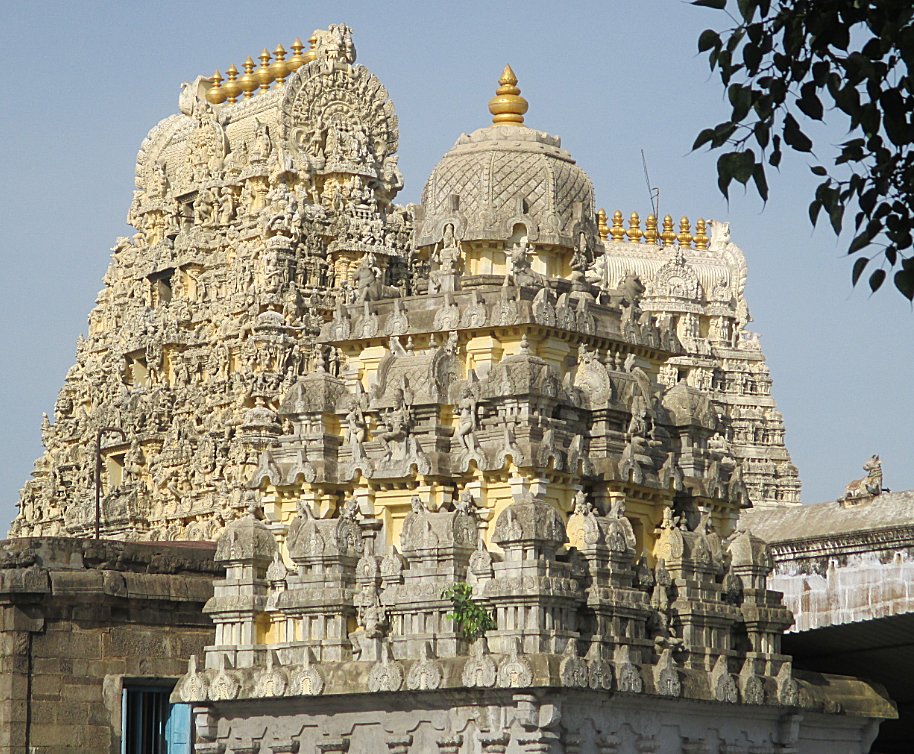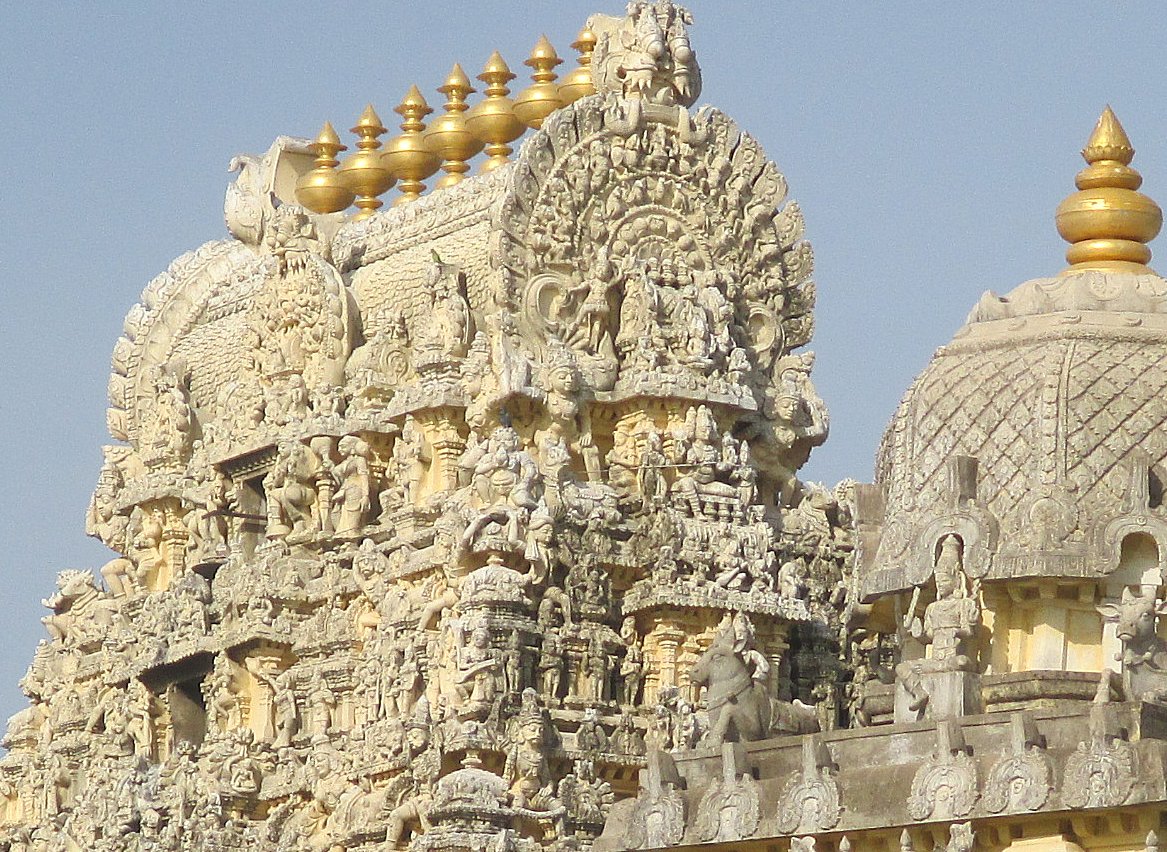A. Sutherland - AncientPages.com - Ekambareswarar Temple (Ekambaranathar Temple) is an outstanding Hindu temple dedicated to Lord Shiva, and located in Kanchipuram, an ancient city in southern India's Tamil Nadu state, with a long history and many temples that found their home in this city.

Five Elements Of Nature Play Important Role In Temple Architecture
According to Hinduism, life and various species originated by the combination of planetary globes and the five manifestations of nature: earth, water, fire, air, and space.
Pancha Bhoota Sthalam is associated with five temples dedicated to Shiva. Each of them symbolizes these five prime elements of nature. It's worth noting that Pancha indicates "five," Bhoota means "elements," and Sthala means "place." Four temples are located in Tamil Nadu, South India, and one is in Andhra Pradesh.
The five elements are believed to be enshrined in the five lingams of the temples, with each Lingam named based on the element represented.

The Ekambareswarar Temple is one of the representations of nature's five elements - 'Earth.'
Knowledge of the five elements is essential to the yogi because it allows them to understand nature's laws and use yoga to achieve better health, power, knowledge, wisdom and, Ekambareswarar Temple is essential to the Hindu sect of Shaivism, which remains one of the significant Hindu traditions that worship Shiva (also called Rudra) as the Supreme Being.
To the cult's followers known as "Shaivites" (or "Saivas"), this temple is of great importance as one of the Hindu religious buildings associated with the five elements.
Gopurams - Prominent Features Of Ekambareswarar Temple
The temple is the biggest complex in the city of Kanchipuram and one of the largest in India. It houses four monumental, richly decorated gateway towers (gopurams or gopuras), which function as the entrances to the temple complex, especially in Southern India.
The tallest of the towers is the southern one, with 11 stories and 58.5216 meters (c.193 ft), so it is one of the tallest temple towers in India.
The temple houses numerous prominent shrines and many halls; the most notable is the thousand-pillared hall ("mandapa") built when Vijayanagar Empire was founded in 1336 and lasted for more than two centuries as the leading power in south India.
As to Hindu temples, the Vijayanagar architecture merged various elements of the Chalukya Dynasty (ruled from the 6th century and the 12th century AD) and Chola Dynasty's art and produced spectacular beautiful gopuras and mandapas.
So, the present masonry of the Ekambareswarar Temple was built during the Chola dynasty in the 9th century, while later expansions or additions are attributed to Vijayanagar rulers. The mandapa – either a pillared hall or pavilion adorned with elaborate carvings for public rituals - is one of the main features of Hindu temple architecture. Decorated with intricate carvings, 'mandapa' is used for the public's religious practices.
An Old Mango Tree In The Temple Is Believed To Be Sacred
The mango tree in the Ekambareswarar Temple courtyard is sacred, and one of Lord Shiva's titles is "Lord of Mango Tree." Generally, Lord Shiva and represented by a lingam, which symbolizes the divine, procreative energy, with his idol referred to as Prithvi lingam.
Ekambareswarar Temple - Image credit: - CC BY-SA 4.0
The legend narrates the story of Goddess Parvati, the consort of Shiva, doing penance under the temple's ancient Mango tree to appease Lord Shiva. It also tells how he tested her before accepting her as his wife. To test her devotion, Shiva sent fire on her. Goddess Parvati prayed to her brother, Vishnu, for help to prevent any break in her penance from the fire. Next, Lord Shiva sent Goddess Ganga for the same purpose. Goddess Parvati prayed to Goddess Ganga that they are sisters and that she should be protected. Goddess Parvati made a Shiva Lingam out of the sand, and thus, she united with Lord Shiva, who emerged from the Lingam.
Therefore the presiding deity of this temple is also known as Ekambareswarar, which means "Lord of Mango Tree."
In another story related to the Ekambareswarar Temple, we learn that once Goddess Parvati meditated on the Prithvi Lingam under the Mango tree, the neighboring Vegavati River overflew and threatened the Prithvi Lingam. To protect the Lingam, Parvati embraced it, and Shiva witnessed her deed. Pleased by her devotion, he appeared before her and married her.
Written by – A. Sutherland - AncientPages.com Senior Staff Writer
Copyright © AncientPages.com All rights reserved. This material may not be published, broadcast, rewritten or redistributed in whole or part without the express written permission of AncientPages.com






